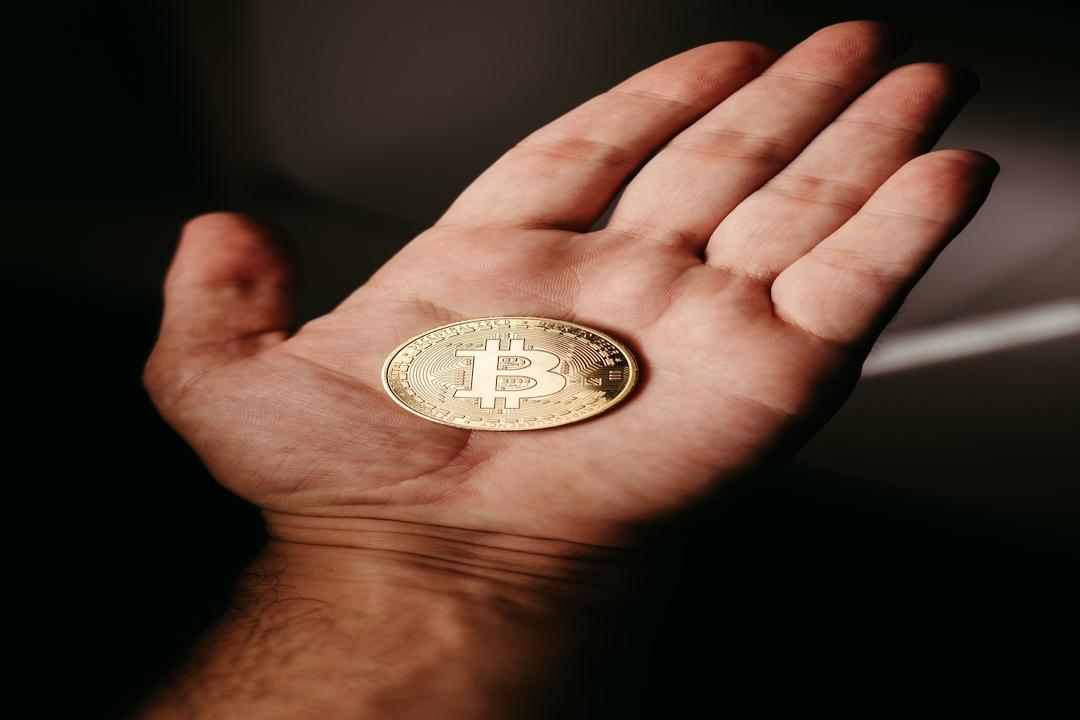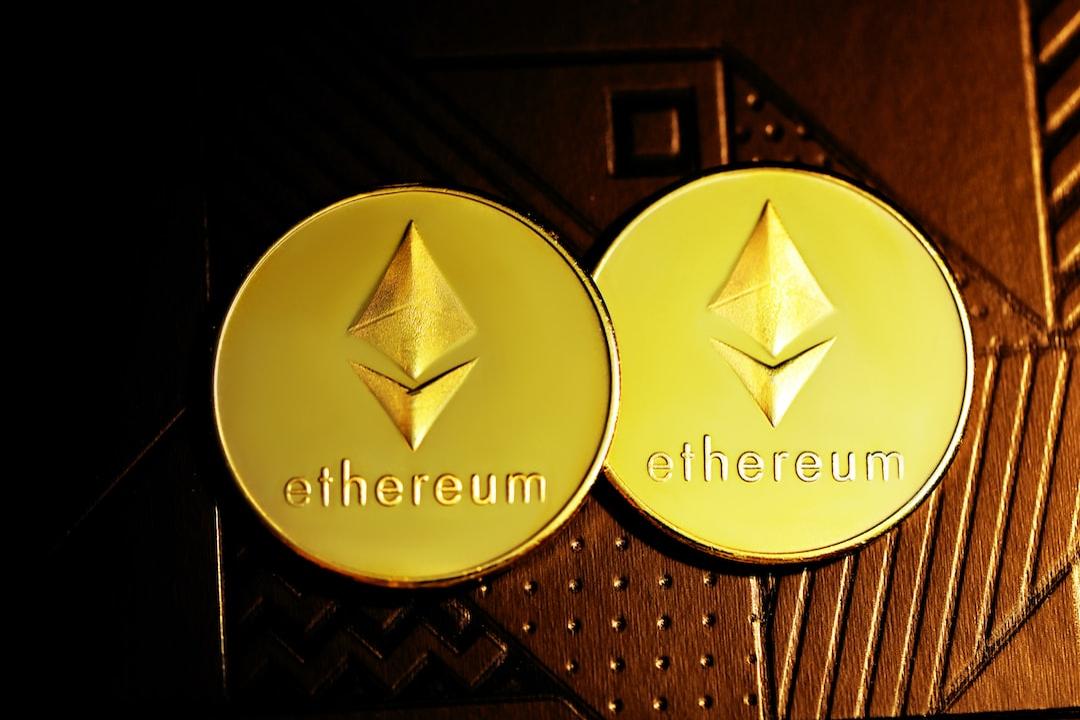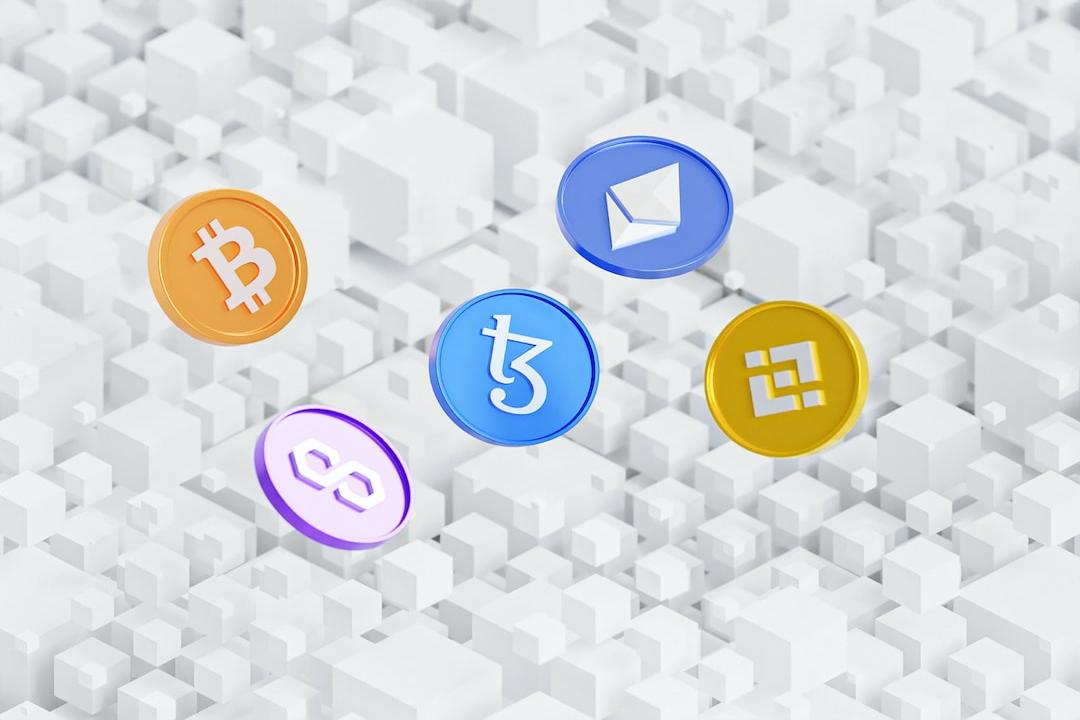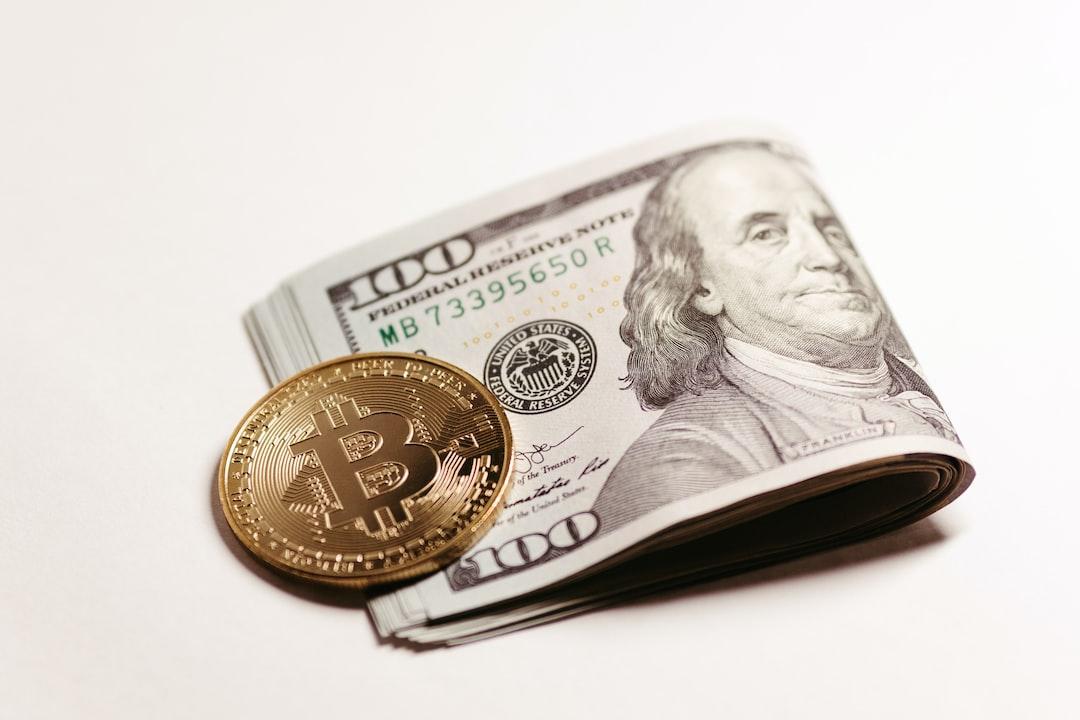Tokenization in the financial sector is shifting from cryptocurrencies to blockchain. With the adoption of stablecoins, the launch of tokenized US Treasuries, and clarified regulatory frameworks, the first wave of tokenization has arrived. McKinsey predicts the tokenization market could reach $2 to $4 trillion by 2030, with financial institutions and market infrastructure participants leading the next wave.

One of the democratizing aspects of tokenization is its permissionless nature, which, coupled with the tokenization’s feature of fragmenting ownership into smaller units, potentially enhances asset liquidity, contingent upon the widespread adoption of tokenized markets.
In certain asset classes, simplifying intensive manual processes through smart contracts can significantly improve unit economics, thereby catering to smaller-scale investors. However, access to such investments may be restricted by regulatory constraints, meaning many tokenized assets may only be available to qualified investors.
Notable private equity giants like Hamilton Lane and KKR have collaborated with Securitize to tokenize their feeder funds, offering a “cost-effective” way for broader investor participation in top-tier private equity funds. The minimum investment threshold has decreased dramatically from an average of $5 million to just $20,000, albeit individual investors still need to pass Securitize’s qualified investor verification, maintaining a certain barrier to entry.

RWA’s extensive report: “The Value, Exploration, and Practice of Fund Tokenization.”
The programmability of assets can serve as another source of cost savings, particularly for asset classes involving highly manual, error-prone processes and multiple intermediary institutions, such as corporate bonds and other fixed-income products. Embedding operations like interest calculations and coupon payments into tokenized smart contracts automates these functions, significantly reducing costs. Additionally, system automation via smart contracts can lower costs for services like securities lending and repurchase agreements.
In 2022, the Bank for International Settlements (BIS) and the Hong Kong Monetary Authority launched Project Evergreen, issuing green bonds through tokenization and a unified ledger. This project leveraged a distributed unified ledger to integrate stakeholders involved in bond issuance onto a single data platform, supporting multi-party workflows and providing specific participants with authorization, real-time verification, and signing capabilities. This enhanced transaction processing efficiency and achieved Delivery versus Payment (DvP) settlement for bond transactions, thereby reducing settlement delays and risks, while real-time data updates on the platform improved transaction transparency.

Over time, asset programmability through tokenization can also create portfolio-level efficiencies, enabling asset managers to rebalance portfolios instantly.
Current compliance systems often rely on manual checks and retrospective analysis. Asset issuers can automate specific compliance-related operations (e.g., transfer restrictions) by embedding them into tokenized assets. Furthermore, blockchain-based systems’ 24/7 data availability creates opportunities for simplified consolidation and reporting, immutable record-keeping, and real-time auditability.

A straightforward case is “Carbon Credits,” where blockchain technology provides immutable and transparent records for credit purchase, transfer, and retirement, integrating transfer restrictions and Measurement, Reporting, and Verification (MRV) functionalities into token smart contracts. This ensures that tokens automatically verify the latest satellite imagery when initiating carbon token transactions, enhancing trust in the underlying energy-saving and emission reduction projects and their ecosystems.
Blockchain is inherently open-source and continues to evolve with the support of thousands of Web3 developers and billions of dollars in venture capital. If financial institutions choose to operate directly on public permissionless blockchains or public/private hybrid blockchains, innovations like smart contracts and token standards can be adopted rapidly and easily, further reducing operational costs.

Given these advantages, it’s understandable why many large banks and asset management companies are so interested in the technology’s prospects.
However, due to insufficient use cases and adoption scales for tokenized assets, some of these cited advantages remain largely theoretical.
Despite the potential benefits of tokenization, there have been few instances of large-scale tokenization of assets to date, with potential influencing factors including:
– Adoption of tokenization hindered by limitations in existing blockchain infrastructure. Institutional-grade digital asset custody and wallet solutions remain scarce and inflexible, failing to provide sufficient flexibility to manage account policies like transaction limits.
– Blockchain technology, especially public permissionless blockchains, has limited capacity to function under high transaction throughput, which cannot support tokenization use cases, especially in mature capital markets.
– Decentralized private blockchain infrastructure (including developer tools, token standards, and smart contract guidelines) poses risks and challenges for interoperability between traditional financial institutions, such as cross-chain protocols and liquidity management.
Realizing many potential economic benefits of tokenization will require the tokenization of assets to reach a certain scale. However, this may necessitate an educational cycle to transition and adapt back-office workflows not originally designed for tokenized assets. This situation implies unclear short-term benefits and challenges in gaining organizational approval for business cases.
Not everyone can initially grasp digital currencies and blockchain technology, making operations during the transition period complex and potentially involving the simultaneous execution of two systems (e.g., digital and traditional settlement, on-chain and off-chain data coordination and compliance, digital and traditional custody and asset services).
Furthermore, many traditional clients in capital markets have yet to demonstrate interest in 24/7 infrastructure for value liquidity improvements, presenting further challenges for listing tokenized products.
For tokenized assets to achieve faster settlement times and higher capital efficiency, they require instant settlement of tokenized cash. However, while progress has been made in this regard, there is currently no large-scale interbank solution: tokenized deposits are currently only piloted within a few banks, stablecoins lack regulatory clarity, cannot be considered anonymous assets, and cannot provide immediate ubiquitous settlement.
Secondly, tokenization service providers are still in their early stages and currently lack the capability to offer comprehensive and mature one-stop services. Additionally, the market lacks large-scale distribution channels for appropriate investors to acquire digital assets, contrasting sharply with the mature distribution channels used by wealth and asset managers.
To date, tokenization regulatory frameworks vary by region or simply do not exist. Challenges faced by U.S. participants include unclear finality of settlement, lack of legal enforceability of smart contracts, and unclear requirements for qualified custodians. There are still many unknowns about the capital treatment of digital assets. For example, the U.S. Securities and Exchange Commission’s SAB 121 stipulates that digital assets must reflect on the balance sheet when providing custody services—a standard stricter than traditional assets, making the cost of holding or distributing digital assets prohibitively high for banks.
Participants in capital market infrastructure have not shown consistent willingness to build tokenized markets or move markets onto chains. Their involvement is crucial because they are ultimately recognized as holders of assets on the ledger. The motivations of various parties towards transitioning to new on-chain infrastructure for tokenization are not uniform, especially considering significant changes in the roles of many financial intermediaries, potentially leading to decentralization.
Even establishing Carbon Credits as a relatively new asset class on blockchain has encountered challenges during initial implementation. Although tokenization can bring clear benefits such as enhanced transparency, it currently appears that the Gold Standard is the only registry supporting tokenized carbon credits.
Despite facing numerous challenges and unknowns, recent trends and large-scale adoption in recent months indicate that tokenization has reached a turning point in certain asset classes and their use cases—the first wave of tokenization has arrived (Tokenization in Waves).
Tokenized assets that settle 24/7 and in real-time must be supported by tokenized cash, and stablecoins—representing tokenized cash—are crucial to the tokenization market.
Definition of Stablecoin: Most digital currencies fluctuate significantly, making them unsuitable for payments, as Bitcoin can experience large swings within a day. Stablecoins are digital currencies designed to solve this problem by maintaining a stable value, often pegged 1:1 with fiat currencies (like the USD).
Stablecoins offer the best of both worlds: they maintain lower daily volatility while providing the advantages of blockchain—efficiency, economy, and global usability.
According to SoSoValue data, approximately $153 billion in tokenized cash circulates in the form of stablecoins (such as USDC, USDT). Some banks have already introduced or are planning to introduce tokenized deposit functionalities to improve the cash settlement phase of commercial transactions. These nascent systems are not without flaws; liquidity remains dispersed, and stablecoins have not yet been recognized as anonymous assets. Nevertheless, they have proven sufficient to support meaningful transaction volumes in the digital asset market, with monthly trading volumes on stablecoin chains typically exceeding $500 billion.

The current high-interest rate environment has garnered significant market attention for tokenized use cases based on U.S. Treasury bonds, and these products have indeed achieved economic benefits, enhancing capital efficiency. According to RWA.XYZ data, the

